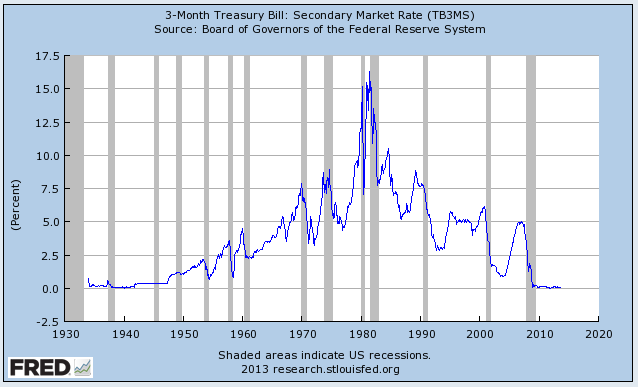The History Of The TBill Auction
Post on: 16 Август, 2015 No Comment

To understand the formal context that led to the first T-Bill auction in 1929, we must view it as a series of events beginning with the end of World War I. War definitely has an influence on Wall Street. and the United States carried a war debt of approximately $25 billion between 1917 and 1919. To understand this number, the debt in 1914 was only around $1 billion. Factor that debt with a war surtax placed on American incomes by President Woodrow Wilson and a 73% personal income tax rate. the 1920 economic recovery for the U.S. was bleak.
Debt Problems
The United States couldn’t pay down the debt through sales of Liberty and Victory bonds and short-term debt instruments called certificates of indebtedness. In addition, the Treasury could not pay out more in issued Treasury interest than what it received through income taxes, especially when income taxes were the only revenue of repayment and the public wanted to reduce those rates. Lastly, an economic recovery couldn’t be sustained because President Harding signed the Revenue Act of 1921 and reduced the top income tax rate from 73 to 58%, coupled with a small reduction of the surtax on incomes and raised capital gains taxes from 10 to 12.5%. With reduced revenue, the Treasury was then forced into serious debt-management mode, especially in the short term.
During the war years, the government issued short-term, monthly and bi-weekly subscriptions of certificates of indebtedness that had maturities of one year or less. By the war’s end in 1919, the outstanding amount of the federal debt exceeded what could comfortably be repaid. The Treasury set the coupon rate at a fixed price and sold the certificates at par value. The coupon rates were set in increments of 1/8 percents, just above money market rates. However, this system was severely flawed as institutions over-subscribed to these investment options. Problems occurred since the government paid out monies from surpluses. knowing what the surplus would be or if a surplus would even exist.
The Birth of T-Bills
Formal legislation was signed by President Hoover to incorporate a new security with new market arrangements because the Treasury didn’t have the authority to change the present finance structures. Zero-coupon bonds were proposed up to one-year maturities issued at a discount of face value. Zero-coupon bonds would shortly come to be known as Treasury Bills due to their short-term nature.
The legislation changed the Treasury’s fixed-price subscription offerings to an auction system based on competitive bids to obtain the lowest market rates. After much public debate, the public won the right to decide rates based on the competitive bid system. All deals would be settled in cash, and the government would be allowed to sell T-bills when funds were needed.
During the first offering, the Treasury offered $100 million in 90-day bills. The auction actually saw investors bid for $224 million in bills with an average price of $99.181. Quoting bills three decimal places was part of the passed legislation. The government now earned cheap money to finance its operations.
In 1935 President Franklin Delano Roosevelt signed the Baby Bonds Bill that would later allow the government to issue Series HH. EE and I bonds as other mechanisms to finance its operations. Today, the U.S. Government holds market auctions every Monday or as scheduled. Four-week, 28-day T-bills are auctioned every month; 13-week, 91-day T-bills are auctioned every three months; and 26-week, 182-day T-Bills are auctioned every six months.
The Bottom Line
What started out as a question of whether debt can be transferred to future generations was a misnomer in the 1920s as the government, through skilled debt management, produced a continuous surplus. Despite early and persistent problems of over-subscriptions and inconsistent pricing mechanisms of fixed price offerings, the government still financed its needs. It helped when investors were willing to pay par value for an issue and wait the scheduled length of time to receive their coupon payment. This was a tricky problem because the government never knew if it was paying out too much, too little or just enough. Proceeds were paid out using surplus tax revenues. yet no one could know if those receipts came in as scheduled or if the economy would hold up in uncertain economic times. Prior problems were eliminated when the T-Bill system came into effect. That market today is unquestionably one of the largest traded in the world, and some investors are even able to buy Treasuries directly from the Fed .














